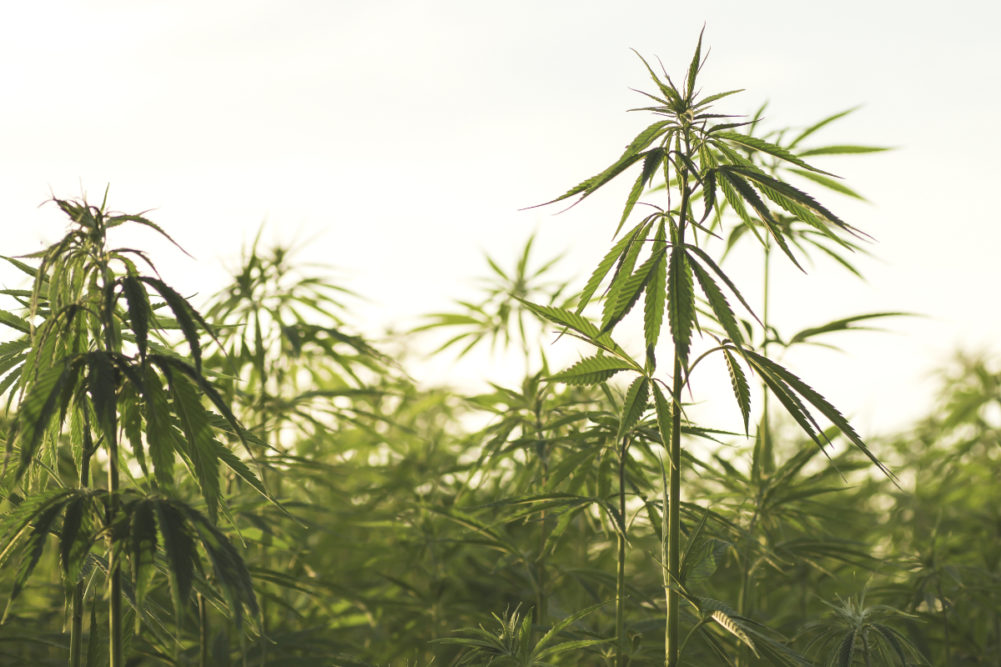The US Department of Agriculture on January 15 announced its final rule regulating the production of hemp in the United States. The USDA said the final rule, published in the January 19 Federal Register, incorporates modifications to regulations established under the interim final rule published in October 2019. The USDA said the modifications were based on public comments following the publication of the interim final rule and lessons learned during the 2020 growing season. The final rule takes effect March 22, 2021.
“With the publication of this final rule, USDA brings to a close a full and transparent rule-making process that started with a hemp listening session in March 2019,” says Greg Ibach, undersecretary of agriculture. “USDA staff have taken the information you have provided through three comment periods and from your experiences over a growing season to develop regulations that meet congressional intent while providing a fair, consistent, science-based process for states, tribes and individual producers. USDA staff will continue to conduct education and outreach to help industry to achieve compliance with the requirements.”
Key provisions of the final rule include:
Negligent violation. Producers must dispose of plants that exceed the acceptable hemp tetrahydrocannabinol (THC) level. However, if the plant tests at or below the negligent threshold stated in the rule, the producer will not have committed a negligent violation. The final rule raises the negligence threshold from 0.5% to 1% and limits the maximum number of negligent violations that a producer may receive in a growing season (calendar year) to one.
Disposal and remediation of non-compliant plants. The final rule allows for alternative disposal methods for non-compliant plants that do not require using a Drug Enforcement Agency reverse distributor or law enforcement and expands the disposal and remediation measures available to producers. The Agricultural Marketing Service will provide acceptable remediation techniques in a separate guidance document.
Testing using DEA-registered laboratories . There is an insufficient number of DEA-registered laboratories to test all the anticipated hemp that was produced in 2020 and hemp that may be produced 2021. The DEA has agreed to extend the enforcement flexibility allowing non-DEA registered labs to test hemp until January 1, 2022, and is processing lab registration applications quickly to get more labs testing hemp DEA-registered.
Timing of sample collection. The interim final rule required a 15-day window to collect samples before harvest. The final rule extended this requirement to 30 days before harvest.
Sampling method. Stakeholders requested that samples may be taken from a greater part of the plant or the entire plant. They also requested sampling from a smaller number of plants. The final rule allows states and tribes to adopt a performance-based approach to sampling in their plans. The plan must be submitted to the USDA for approval. It may take into consideration state seed certification programs, history of producer compliance and other factors determined by the state or tribe.
Extent of tribal regulatory authority over the territory of the Indian tribe. The interim final rule did not specifically address whether a tribe with an approved USDA plan may exercise primary regulatory authority over the production of hemp across all its territory or only lands over which it has inherent jurisdiction. The final rule provides that a tribe may exercise jurisdiction and therefore regulatory authority over the production of hemp throughout its territory regardless of the extent of its inherent regulatory authority.




